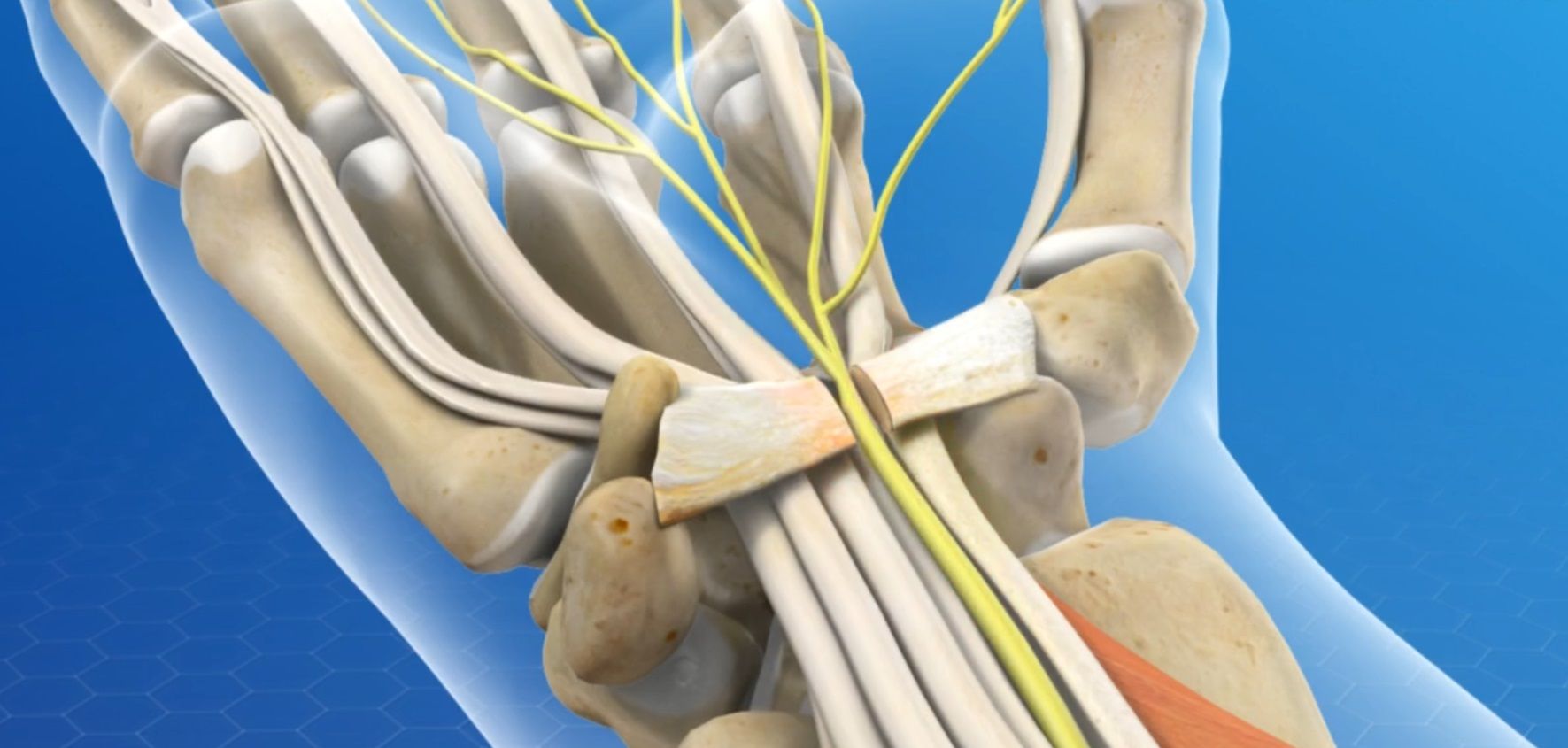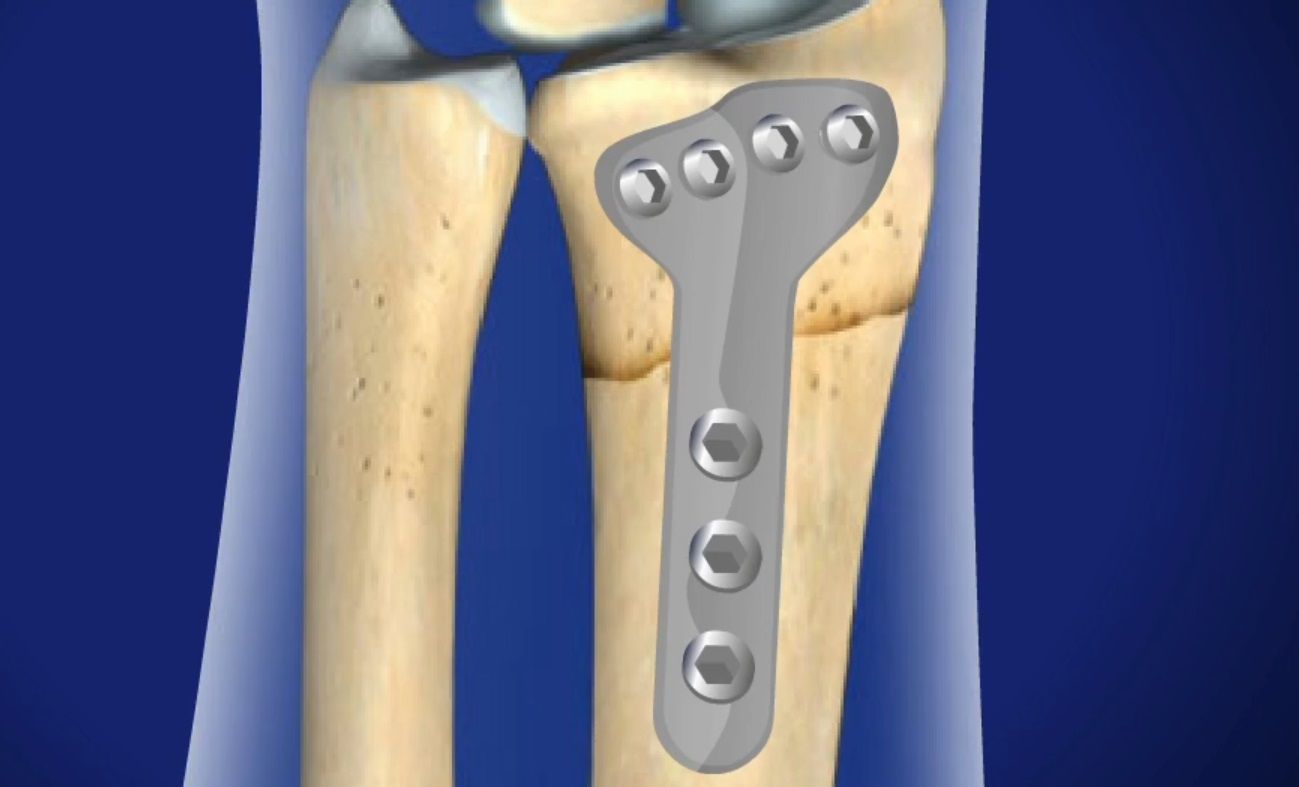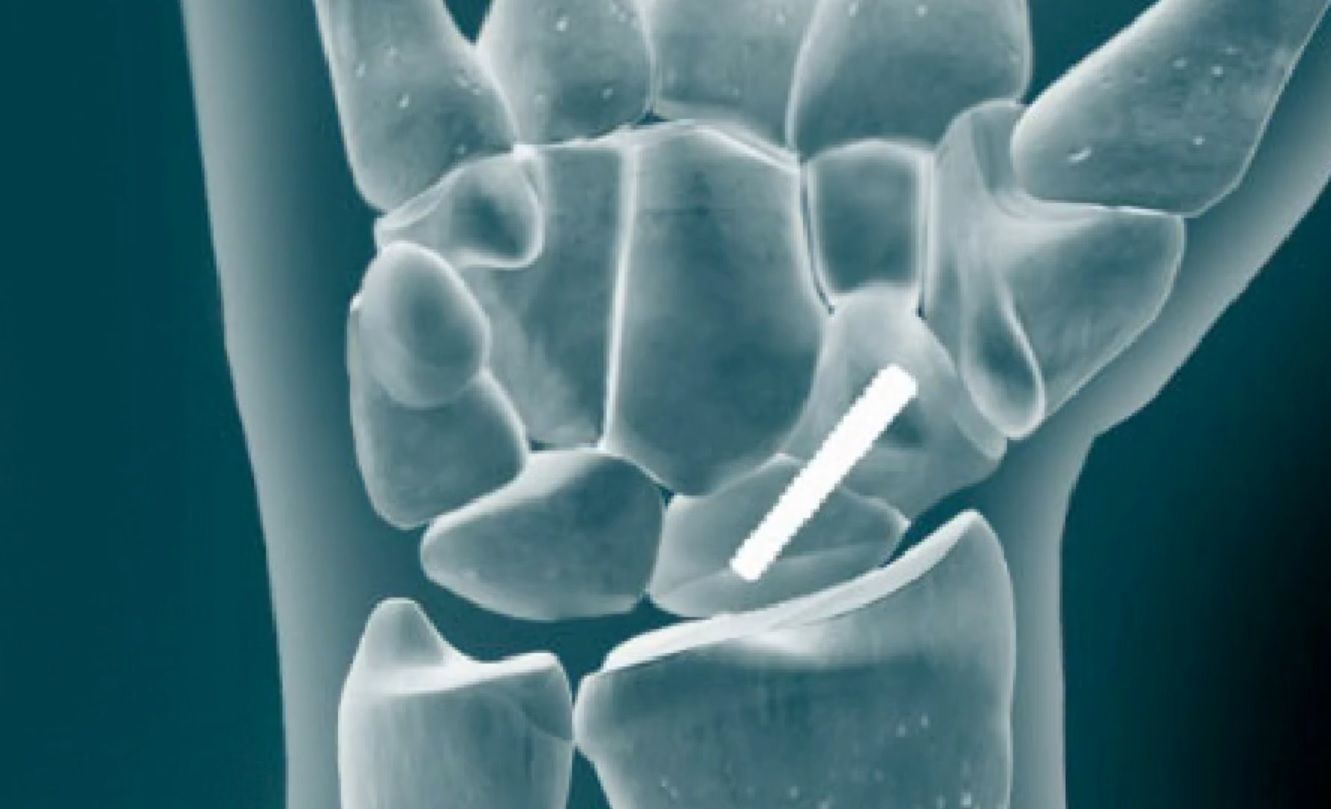Anatomy of the Hand
Anatomy of the Hand
Overview
Your hands are versatile and complex, with the ability to do tasks that involve both strength and delicacy. Let’s look at the main structures of your hands to see how they do all the things they do.
Bones and joints
There are twenty-seven bones in each hand. Starting at the wrist, you have eight small carpal bones. Next, five metacarpal bones form the middle part of your hand. After that are the phalanges, or finger bones. These bones connect to each other with strong bands of tissue called ligaments.
Muscles and tendons
To move your hand bones, you need muscles (which provide power) and tendons (which connect muscle to bone). Your hands have a large number of both. Some of the muscles that control your hands are in your hands, while others are in your forearm, and use long tendons to move your hands.
Nerves and vessels
Your hands are also interwoven with nerves and blood vessels. The nerves make your hands very sensitive to touch, so that you can feel when something is hot, cold or sharp. And, the blood vessels in your hands provide blood to all the tissues and the bones.
Conclusion
Make sure you take care of your hands. Take injuries such as finger fractures and animal bites seriously. Hand injuries that aren’t treated by medical professionals can lead to permanent disability and loss of function.
Revised from www.viewmedica.com © Swarm Interactive. Unauthorized duplication is strictly forbidden.
- Category / Anatomy




